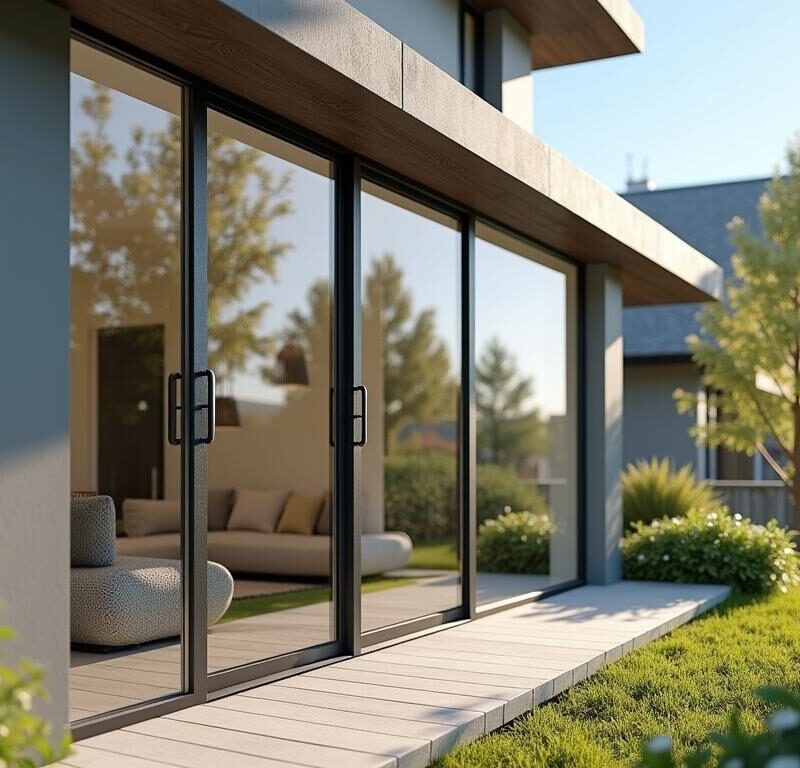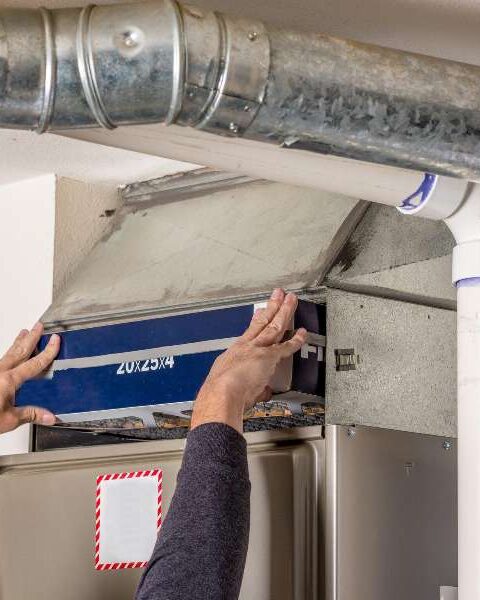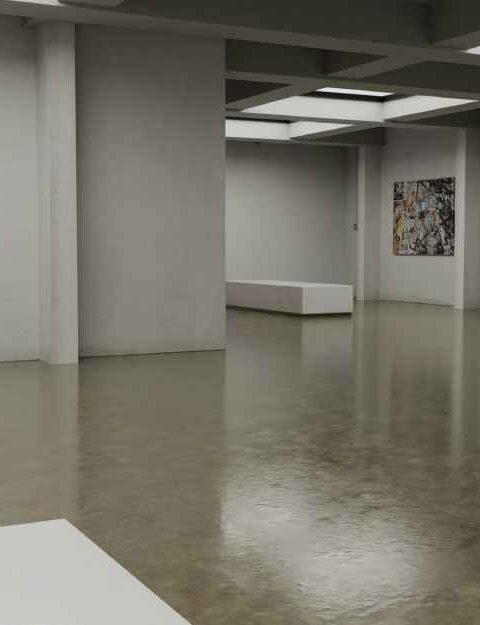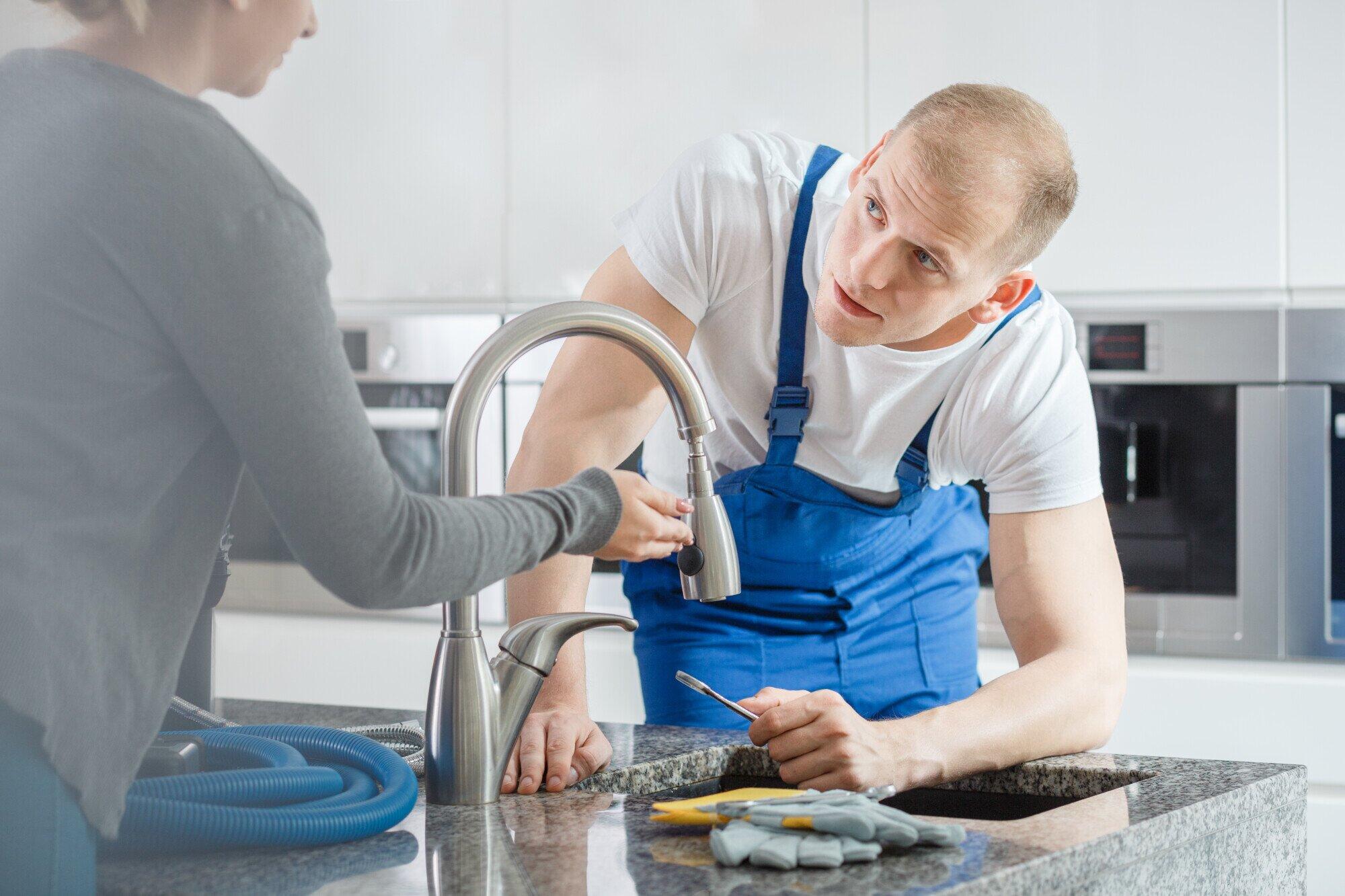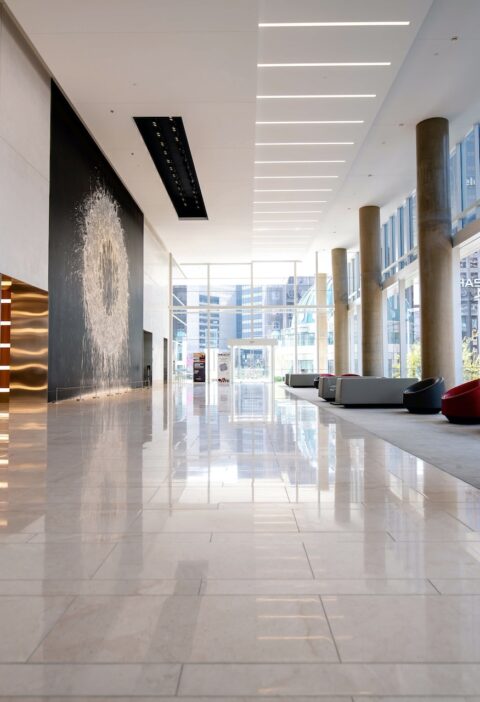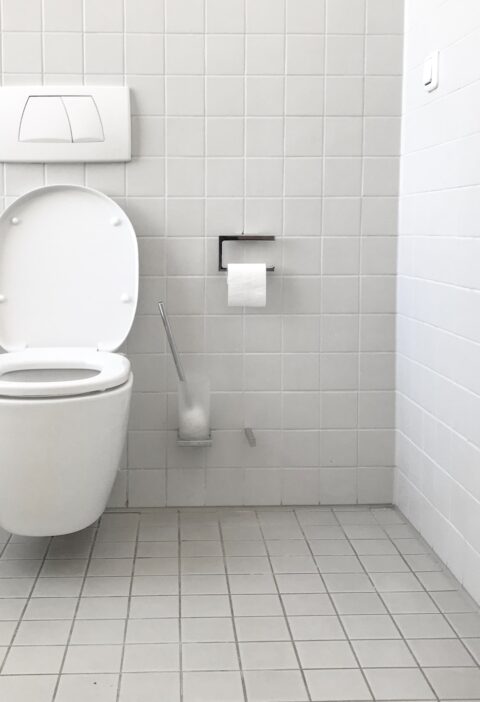Energy-efficient windows are quickly becoming a top choice for homeowners seeking to create a comfortable indoor environment while reducing monthly utility costs. They serve as a valuable asset to any property, offering improved insulation, reduced noise levels, and protection against harmful UV rays. More importantly, these modern window solutions can significantly boost home value through better performance and sustainable design.
Below, you’ll find useful insights about what sets these windows apart and how they can bring lasting benefits to your residence.
Your Property’s Appeal With Eco-Friendly Windows
Selecting the right windows can make a big difference in resale potential. Buyers often look for features that promise long-term energy savings, reduced maintenance, and greater indoor comfort, so installing eco-friendly windows can be a powerful selling point.
Beyond aesthetics, a home featuring insulated windows with advanced thermal performance signals quality and care. An attention-grabbing part of this upgrade is the potential for lower heating and cooling bills.
High-performance windows, often recognized as ENERGY STAR rated, have measurable advantages, from decreasing ambient heat loss to limiting solar heat gain. By concentrating on efficient window designs, homeowners create living spaces that stay cooler in the summer and warmer in the winter. This appeals to potential buyers who appreciate a move-in-ready environment with thoughtful, modern touches.
Key Market Perception
People increasingly value green building materials for home improvements. Showcasing green credentials through low-E glass and sustainable building materials in window frames reflects a commitment to responsible living.
That resonates with a growing audience looking to lessen its carbon footprint without sacrificing style or comfort. If you plan on selling, the words “energy performance” and “HVAC efficiency” may create immediate interest among prospective buyers.
Components of Modern Window Technology
Several factors separate today’s advanced windows from their outdated counterparts. It’s not just about style; elements like glazing options, specialized coatings, and gas fills can define how effective your windows are at maintaining a stable interior temperature.
Double Glazing and Triple Glazing
Double glazing and triple glazing involve adding multiple panes of glass, creating pockets of air (or gas) in between. These layers enhance thermal insulation by slowing down the transfer of heat.
While double glazing remains a popular option, triple glazing can provide added insulation for homeowners living in especially cold climates. The gap between panes may be filled with gases like argon to elevate insulation levels.
Argon-filled windows are designed to deliver consistent temperatures near the surface of the glass, reducing heat loss prevention challenges common in older homes. If you’re concerned about condensation resistance, multiple glazing layers and a proper seal go a long way toward keeping interiors more comfortable.
Low-E Glass for UV Protection
Low-E (low-emissivity) glass is specifically treated with microscopic metallic coating to reduce the amount of infrared and ultraviolet light penetrating your home, while still allowing plenty of visible sunlight.
This helps maintain a balanced indoor climate and reduce fading on furniture or flooring caused by harmful UV rays. The reflective qualities of low-E glass can help moderate solar heat gain, making your home more energy-efficient.
Seals and Gas Fills
High-quality window seals play a crucial role in preventing unnecessary air leakage. Over time, worn or damaged seals compromise the window’s overall performance, leading to drafts, higher energy usage, and increased noise infiltration. Replacing or upgrading these seals—paired with gas fills like argon or krypton—ensures optimal insulation and better condensation resistance.
Choosing the Right Window Frames
Window frames influence how effectively your windows function and how they complement your home’s design. Various materials, from vinyl to aluminum to wood, come with distinct advantages regarding durability, aesthetics, and sustainability.
Materials and Sustainability
Vinyl frames offer a balance of affordability and energy efficiency, but some homeowners prefer wood frames for their timeless appearance and solid insulating properties.
Aluminum frames can be durable and sleek, though they typically offer slightly less thermal insulation compared to other options. To enhance eco-friendly attributes, many manufacturers now combine sustainable building materials with advanced engineering to deliver frames that resist warping and air infiltration. Proper window frames help regulate your indoor climate alongside the glass itself. They reinforce the total thermal performance of each window unit.
When deciding on frames, consider your region’s climate, your home’s architectural style, and longer-term maintenance requirements. With the right frame choice, you’ll maximize day-to-day comfort and support energy conservation efforts over time.
Installation Best Practices for Optimal Thermal Performance
Even the best windows won’t perform as intended if installed incorrectly. Proper placement, sealing, and weatherstripping are all crucial to limit drafts, moisture intrusion, or higher-than-expected heating and cooling bills.
Minimizing Air Leakage
Precisely fitting your new windows is the first step toward energy savings. Any gaps around the edges create pathways for air leakage, undermining the energy performance you’re seeking.
Using high-quality weatherstripping at the meeting rails and sashes helps preserve a tight seal over the window’s lifespan. If you’re aiming for maximum insulation, pairing airtight installation with additional tactics like window tinting or smart glass technology can reinforce your home’s envelope against the elements.
Upgrading for Better Noise Reduction
Noise pollution can be a significant annoyance, particularly if you live in a busy city or near a main road. Incorporating noise reduction windows, typically featuring thicker glass or specialized laminated materials, helps block unwanted sounds.
Upgraded window seals already in place for thermal benefits will also filter out more noise. Combining double glazing or triple glazing with insulated framing compounds lowers decibel levels, lifting your home’s comfort in multiple ways.
Achieving Long-Term Energy Savings
Installing new high-performance windows is only one part of an overall approach to boosting energy efficiency. Other measures, such as improving home insulation or layering your design choices for better results, can deliver further value. Still, focusing on windows remains a particularly impactful step.
Minimizing Heat Loss
Heat loss often occurs through cracks, poorly sealed joints, or low-quality windows. When your windows have a low u-factor, it indicates high insulation value, cutting down the energy your heating system needs to maintain a comfortable indoor temperature.
Meanwhile, controlling humidity indoors reduces heat absorption on window surfaces, minimizing the risk of condensation and moisture damage. High-quality windows also support heat loss prevention by reflecting warmth back into the room during colder months.
This is especially important in older properties, where outdated windows and doorways frequently let treated air escape. Installing modern, carefully sealed replacements can produce immediate improvements in comfort and lower monthly costs.
Enhancing HVAC Efficiency
When your windows no longer let in cold drafts or scorching summer heat, your HVAC system won’t need to work as hard. This directly impacts HVAC efficiency by reducing wear and tear on the unit while also cutting utility bills.
In hot climates, windows with strong sunlight control properties relieve air conditioners of constantly battling the sun’s intensity. In colder regions, robust insulation reduces strain on heating systems, giving residents a cozier indoor space without skyrocketing energy bills.
Additional Strategies for Energy Conservation
Thinking about upgrading your windows? Pair your updates with other energy conservation methods. Sealing gaps around door frames, adding weatherstripping, or caulking other potential leaks can form a tight barrier against the elements. These smaller improvements complement newly installed windows by preventing warm or cool air from slipping away.
Another strategy is to use shading devices or strategic landscaping to moderate solar heat gain. Well-placed trees or awnings can help block out intense sunlight during peak hours, easing the burden on your cooling systems. Inside, consider layering window treatments or leveraging daylighting practices to reduce artificial lighting needs. Such multiple small changes gradually add up, amplifying the performance of your new windows.
Extending the Lifespan of Your Investment
Energy-efficient windows offer long-term rewards when properly maintained. Regularly inspecting window seals for wear and tear is an excellent habit, as is cleaning frames and glass to keep them functioning at their best. If you notice a draft or fogging between the panes, addressing it promptly can avert more costly repairs later. Modern windows are designed to endure a range of climate conditions.
From storms in coastal regions to temperature extremes in mountainous areas, well-engineered windows maintain their seal and structural integrity for many years. Investing in products that are ENERGY STAR rated and produced using durable, green building materials ensures you can enjoy energy savings and comfort over the life of your home.
By selecting windows with double glazing or triple glazing, low-E glass coatings, strong window seals, and materials built for longevity, you’re not only adding immediate value but also safeguarding future returns. The ripple effect on property value, utility bills, and personal comfort can be transformative, especially when combined with smart design choices throughout your living space.

